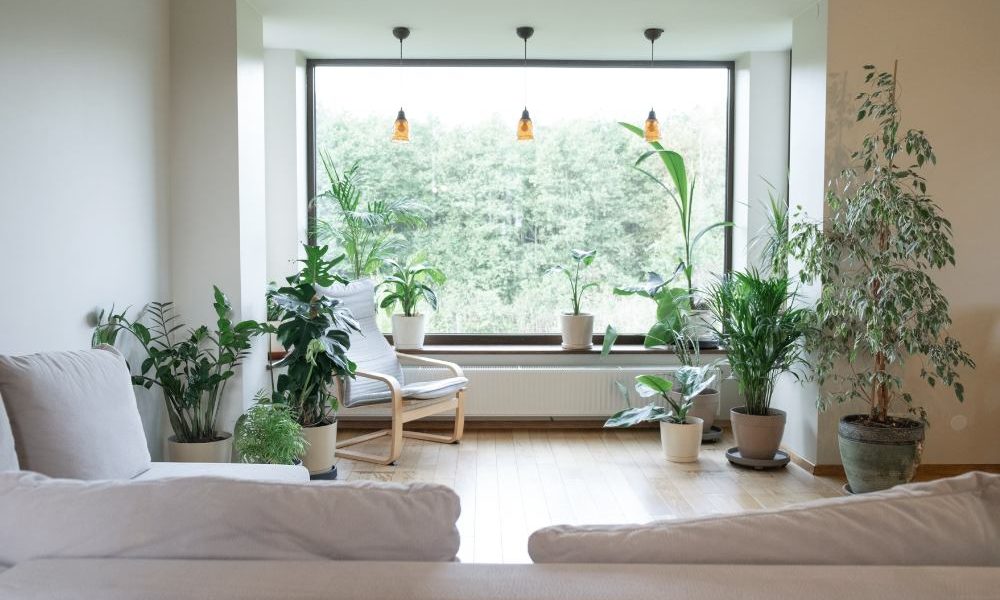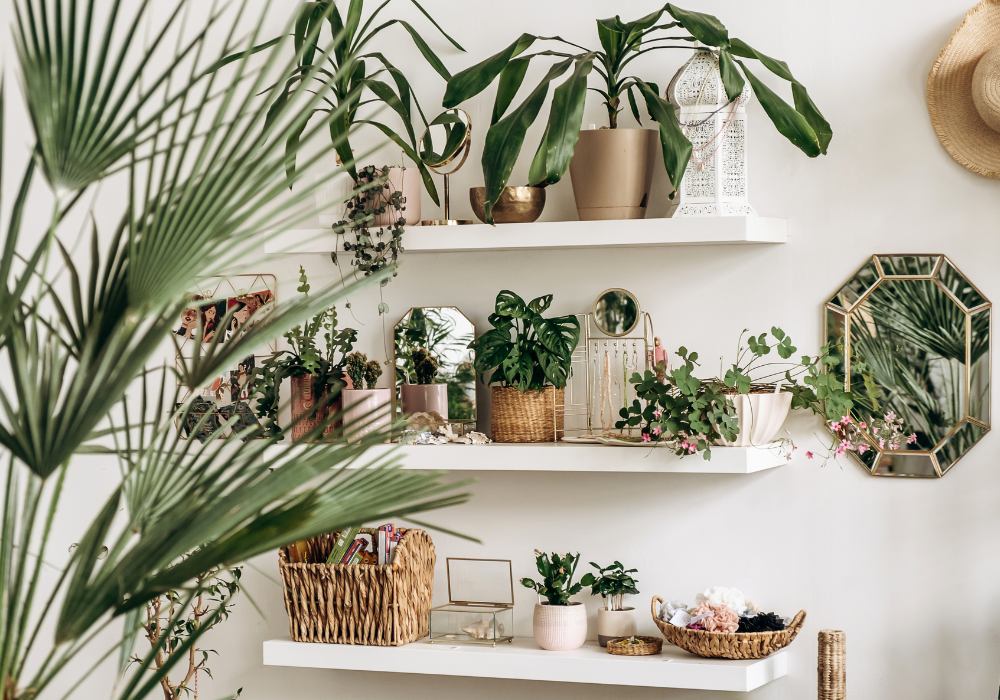Have you ever walked into a room and felt an instant sense of calm? Or maybe you’ve noticed how spending time in nature seems to melt away stress and boost your mood. If so, you’ve experienced the power of biophilia – our innate human connection to the natural world. Biophilic design is the art of weaving that connection into our homes, workplaces, and everyday lives.
Creating Spaces that Nourish
Imagine sunlight streaming through large windows, the gentle sound of a water feature, and lush greenery throughout your home. This isn’t just about aesthetics; it’s about creating spaces that nourish our minds, bodies, and souls. As Bill Browning, a green building expert, puts it, “We’ve gone quite a ways toward improving conditions for zoo animals and not so much for people in offices.” Biophilic design is about creating spaces that not only function well but also make us feel truly alive.
I’ll never forget the time I visited a friend’s newly renovated home. It was filled with natural light, indoor plants, and natural materials like wood and stone. I immediately felt relaxed and at ease, as if I had stepped into a peaceful oasis. It was then that I realized the profound impact our surroundings can have on our well-being.
The Key Elements of Biophilic Design
So, what exactly is biophilic design? It’s not just about adding a few potted plants or nature-themed wallpaper. It’s a holistic approach that considers everything from the layout of a space to the materials used, lighting, and even the sounds and smells we experience. Research has shown that incorporating elements of nature into our built environments can have a wide range of benefits, from reducing stress and improving cognitive function to boosting creativity and productivity.
Natural Light: The Mood Booster
One of the key principles of biophilic design is the use of natural light. Sunlight not only helps regulate our circadian rhythms, which are essential for sleep and overall health, but it also has a mood-boosting effect. In fact, studies have shown that exposure to natural light can increase productivity, improve sleep quality, and even reduce symptoms of depression.
Plants: More than Just Decoration
Another important aspect is the incorporation of plants. Plants not only improve air quality by removing toxins and releasing oxygen, but they also have a calming effect on our minds. Spending time around greenery has been shown to lower blood pressure, reduce stress, and improve overall well-being. If you’re not a natural green thumb, don’t worry – there are plenty of low-maintenance options like succulents or air plants. Even a small potted plant on your desk can make a difference.
Natural Materials: Connecting with the Earth
Natural materials like wood, stone, and bamboo are also key elements in biophilic design. These materials not only add warmth and texture to a space, but they also connect us to the natural world. Studies have shown that the presence of natural materials can reduce stress, improve mood, and even enhance cognitive function. So, consider incorporating wood furniture, stone countertops, or bamboo flooring into your home or workplace.
Engaging the Senses: Sounds and Smells of Nature
In addition to visual elements, biophilic design also considers other senses like sound and smell. The gentle sound of a water feature or the subtle scent of essential oils can create a calming and relaxing atmosphere. Even incorporating natural sounds like birdsong or wind chimes can have a positive impact on our well-being.
Biophilic Design: A Growing Movement
Biophilic design is not just a trend; it’s a movement that’s gaining momentum as more and more people recognize the importance of connecting with nature. In fact, many businesses are now incorporating biophilic design principles into their offices and workplaces. They’ve found that it not only improves employee well-being but also boosts productivity and creativity.
As Brian Levitt, president of NAVA Real Estate Development, says, “Buildings detach us from nature, which can have a harmful effect on our mental and physical health.” Biophilic design is about bridging that gap and creating spaces that nurture our connection to the natural world. It’s about designing for humans, not just for function.
Bringing the Outdoors In: Your Turn
So, whether you’re renovating your home, designing a new office, or simply looking to add a touch of nature to your everyday life, consider incorporating biophilic design principles. You’ll be amazed at the positive impact it can have on your well-being. It’s a simple yet powerful way to bring the outdoors in and create spaces that truly nourish our souls.





